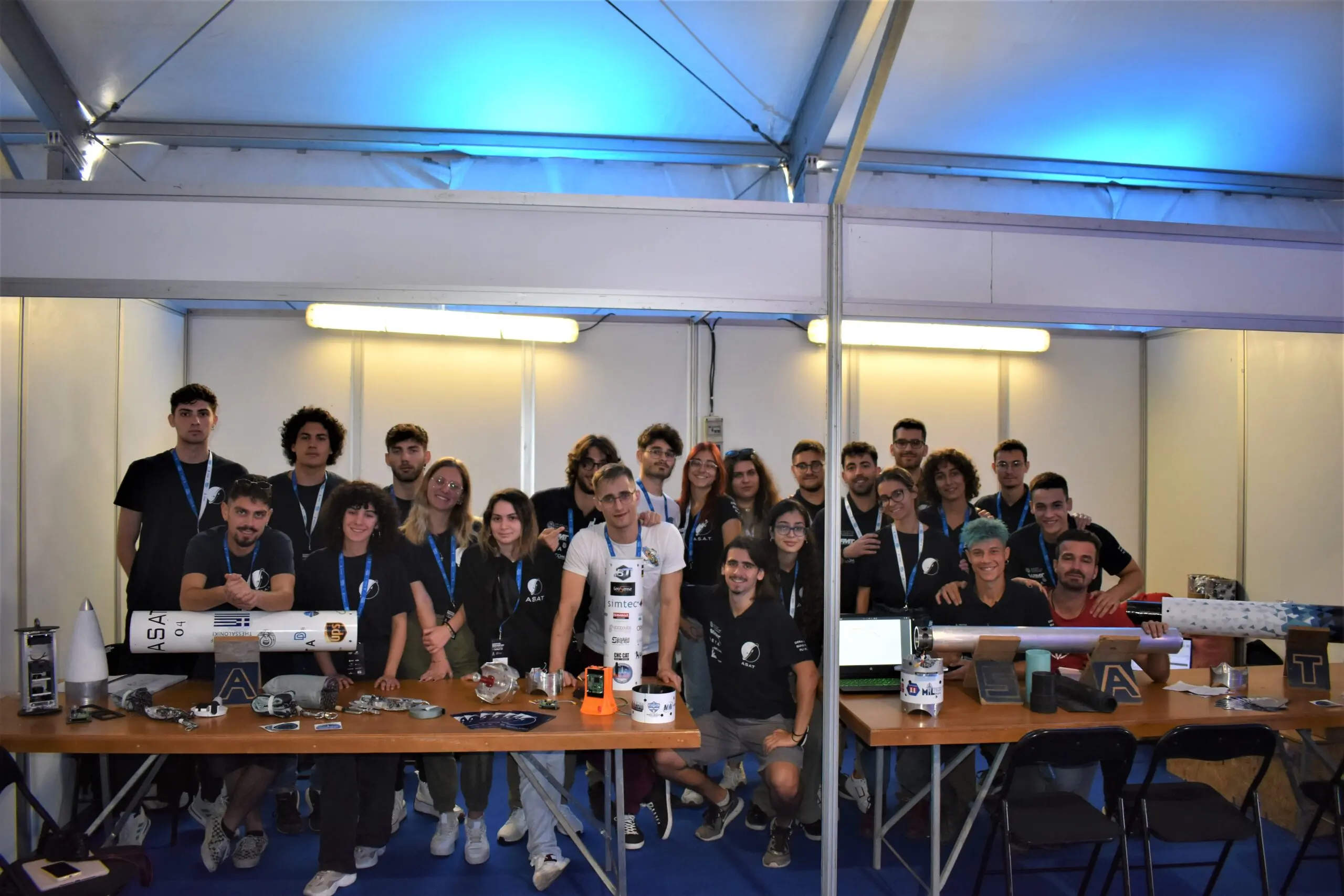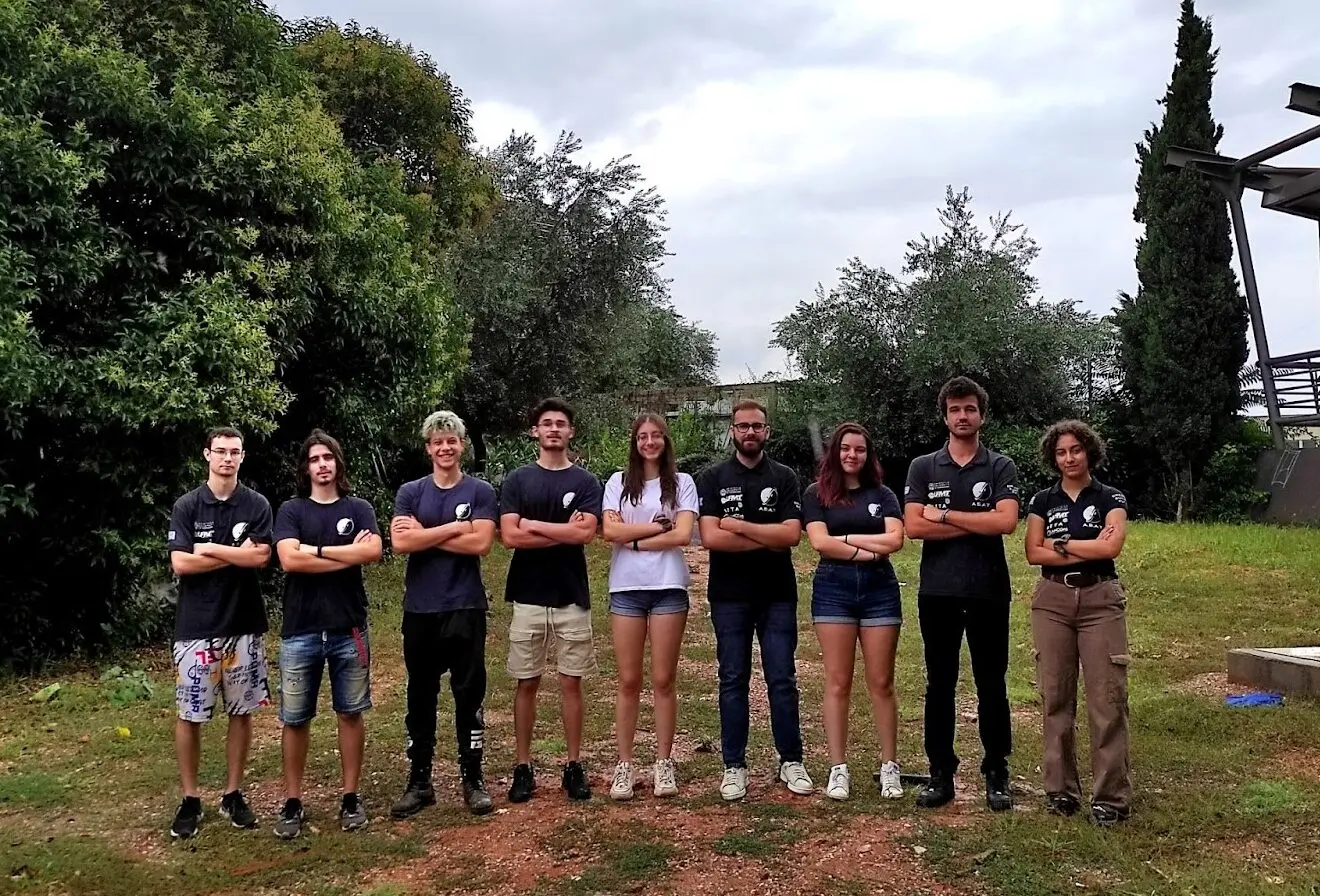The recovery of the H1 and H2 rockets was achieved using parachutes, a common way to recover bigger commercial rockets. But how can a parachute be deployed at the apogee in order to recover the rocket?
The most common method for deploying the parachute at apogee is by using a pyrotechnic mechanism. The basic idea of such a mechanism is that we create pressure inside a bay where the parachute(s) are placed (recovery bay) by igniting black powder in order to eject the nose cone and the parachute to be deployed. Our team managed to build a similar mechanism, but with an innovation: we studied and implemented a pyrotechnic mechanism with a piston. The origin of the idea came from the objective of reducing the black powder exhausts so that the parachute(s)- and the tube- be protected from the generation of heat. Also, it was observed from the static tests that the use of a piston required less black powder to blast-off the nose cone rather than without a piston.

The mechanism works in the following way:
Within the piston, a specific amount of black powder is placed inside an ejection canister. In the canister, there is a bridgewire in contact with the black powder. When the onboard flight computer detects apogee, it provides the required power so that the cable anneals and ignites the black powder. Then the piston will eject the nose cone. The nose cone’s blast-off will carry away the parachute, which is going to open and allow safe recovery of the rocket. Obviously, the parachute is protected with a fireproof blanket, in order to avoid catching fire along with the black powder. In addition, the piston is attached on the rocket body in a way that it stays inside the tube even after its ignition, in order to avoid accidents on the launch site.

The mechanism was tested several times before flight and it has achieved a high percentage of success!

CMA D. ARGOUDELIS & CO S.A. – ASAT coοperation
CMA D. ARGOUDELIS & CO S.A. supports as Bronze Sponsor the research project entitled “A.S.A.T. (Aristotle Space & Aeronautics Team, project Sirius Engine)”, showing its



